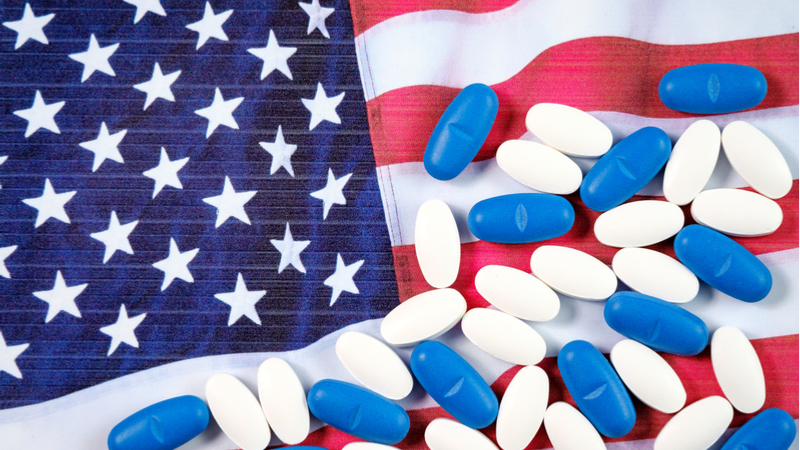
Last year, opioid overdoses killed 64,000 Americans. Last week, Retired Vice Joint Chiefs of Staff James Winnefeld ran a heart wrenching OpEd in the Atlantic. If one of the most distinguished military families in America can lose a son to the opioid epidemic, it can strike any family.
Bruce Greenstein, Department of Health and Human Services (HHS) CTO knows Feds need help combating the Opioid crisis. That’s why HHS convened the Opioid Symposium last week at the Hubert H. Humphrey Building, bringing Federal, state and industry players together to brainstorm on one of the nation’s toughest issues.
Fourteen sessions later, and sharing data, innovating, communicating, and remembering the human impacts emerged as the key takeaways.
The Massachusetts Secretary of Health, Marylou Sudders, cut stigma around opioid deaths by releasing the state death toll four times a year. She also started the Massachusetts Prescription Awareness Tool (MassPAT), an online portal which informs healthcare providers of patients’ prescription history to avoid overprescription. This program significantly cut the number of overdose deaths due to drugs that serve as medications but may also cause addictions.
On the local level, Jeff Beeson, the deputy director of the Washington D.C./Baltimore High Intensity Drug-Trafficking Area, shared the Overdose Detection Mapping Application Program (ODMAP). The mobile app works in two steps: first responders record times and places of the overdoses they see, then Beeson and his analysts use that data to find trends.
Industry players also offered insights on how to process so much opioid data. Joel Selanikio, founder of app developing company Magpi, expanded the efficacy of a mobile data and artificial intelligence (AI) tonic.
Sean Mackey, chief of the Stanford Division of Pain Medicine, believes that data collection software is another option for both storing and analyzing data. He showcased Stanford’s Collaborative Health Outcomes Information Registry.
These solutions showcased innovations and kicked off the HHS Code-a-Thon, which worked with opioid data to carry the momentum forward and help end this epidemic.
We share in the Winnefeld family’s mourning, and applaud HHS openness and innovation, as America searches for solace, and better yet, a cure.
